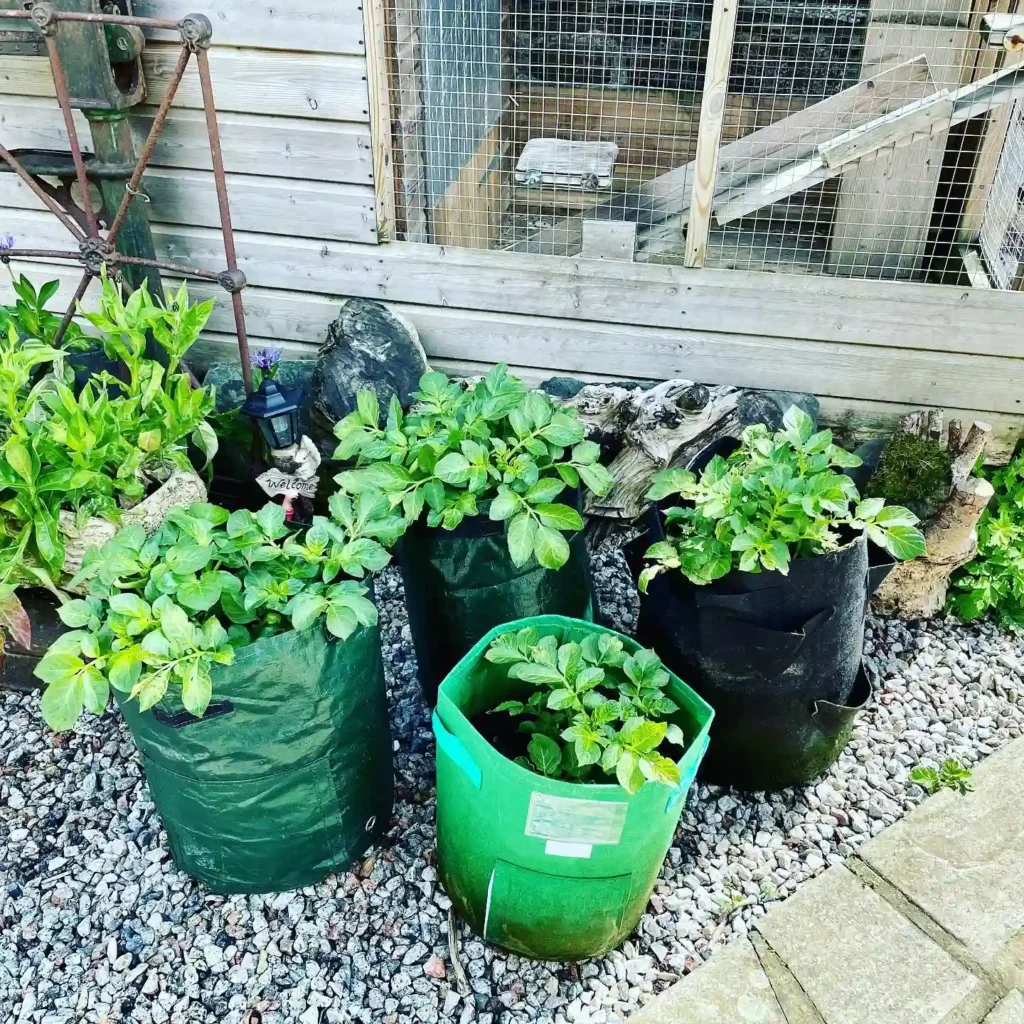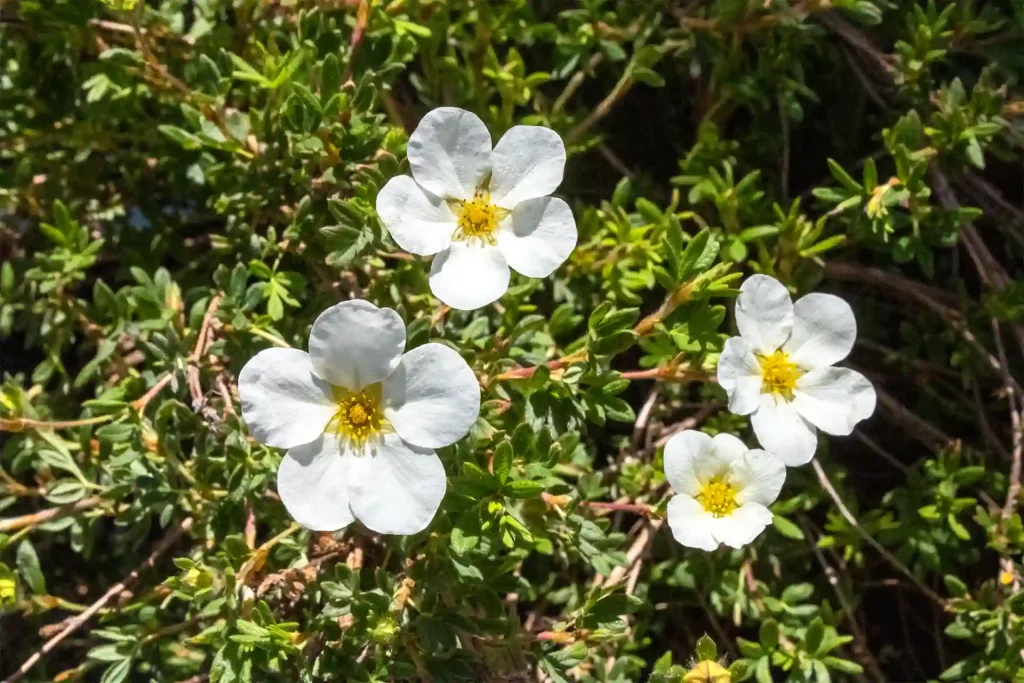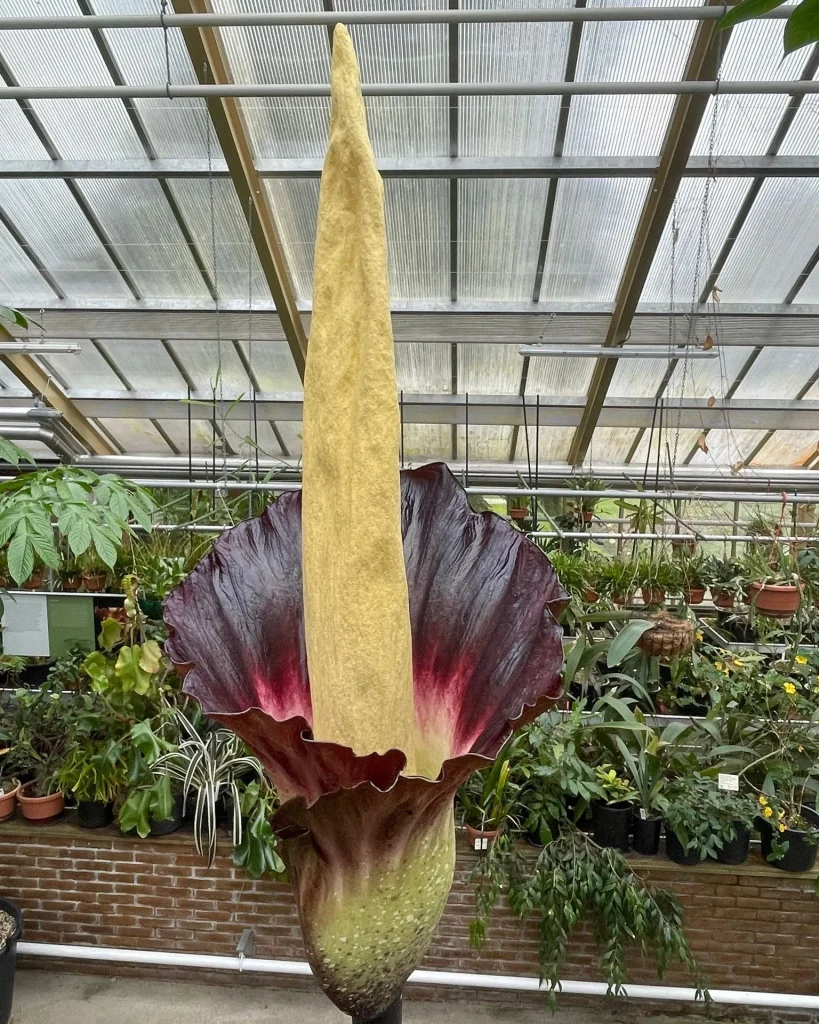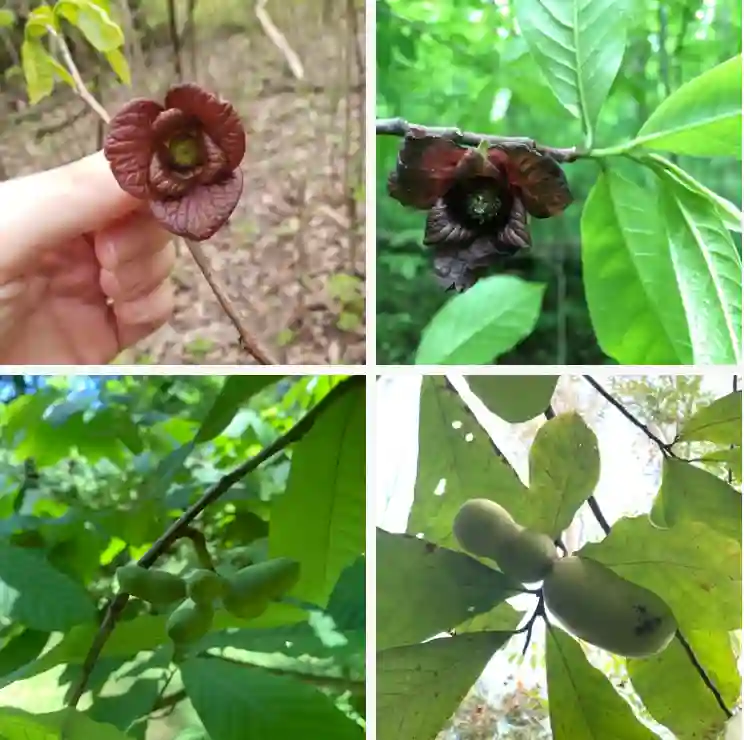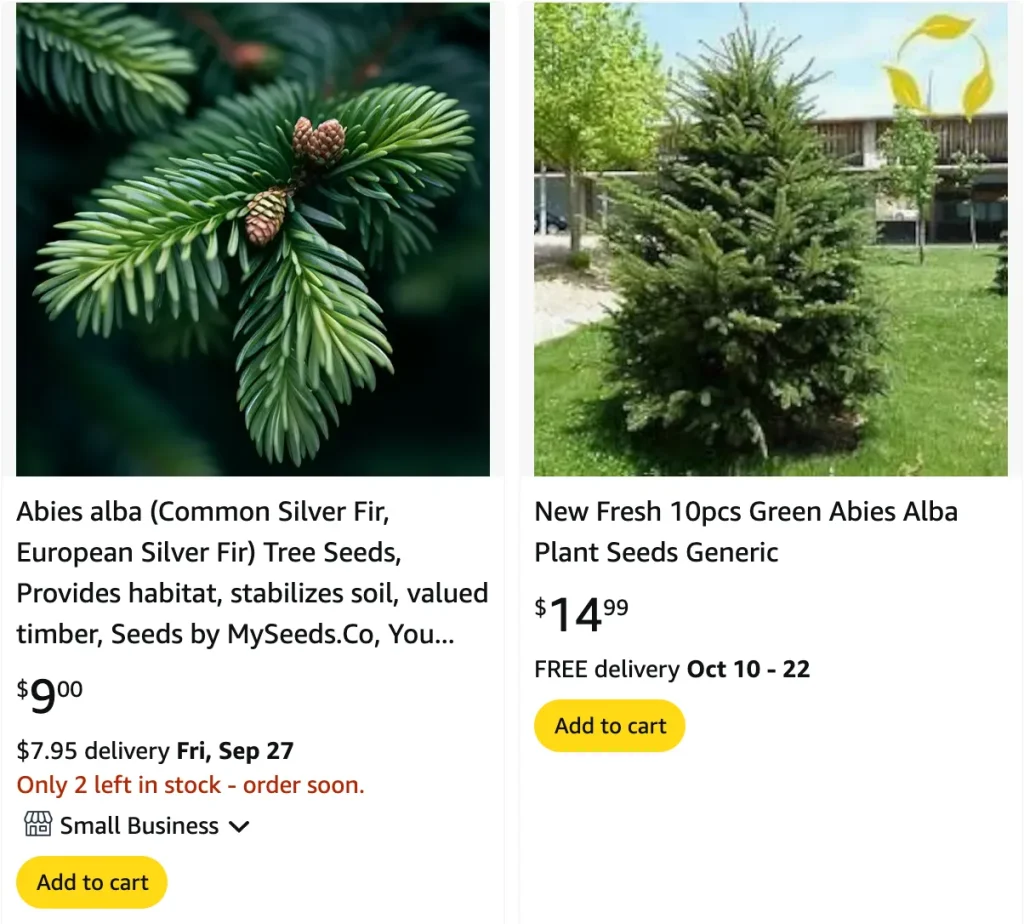
What is Abies Alba?
Abies Alba, commonly known as the European Silver Fir, is a majestic evergreen tree native to the mountainous regions of Europe. With its tall, slender form and silvery-green needles, it is a popular choice for reforestation and ornamental purposes. This tree can reach heights of up to 50 meters, making it a striking presence in any landscape. Its distinctive bark, which peels in thin strips, adds to its unique appearance.
48 Species in Genus Abies
How to Use Abies Alba Essential Oil?
Abies Alba essential oil, derived from the needles and branches of the tree, offers a range of therapeutic benefits. Here’s how you can use it:
- Aromatherapy: Add a few drops of Abies Alba essential oil to a diffuser to enjoy its fresh, woodsy scent. It’s known for its calming and grounding properties.
- Topical Application: Dilute the essential oil with a carrier oil (like jojoba or coconut oil) before applying it to the skin. This can help soothe sore muscles and promote relaxation.
- Bath: Add a few drops to your bath water for a refreshing and rejuvenating experience. It can also help with respiratory issues.
- Cleaning: Use it as a natural disinfectant in your cleaning solutions. Its antiseptic properties make it an effective choice for keeping your home fresh.
How to Care for Abies Alba?
Caring for Abies Alba involves several key practices:
- Soil: Ensure the soil is well-draining and slightly acidic. It thrives in loamy soil with good organic content.
- Watering: Water the tree regularly, especially during dry spells. However, avoid overwatering as it can lead to root rot.
- Sunlight: Abies Alba prefers full sun to partial shade. Ensure it gets enough sunlight for optimal growth.
- Pruning: Regular pruning helps maintain its shape and remove any dead or diseased branches. Prune in late winter or early spring before new growth begins.
How to Propagate Abies Alba?
Propagating Abies Alba can be done through seeds or cuttings:
- Seeds: Collect seeds from mature cones and stratify them in a cold, moist environment for several months. After stratification, sow the seeds in a well-draining seed mix.
- Cuttings: Take semi-hardwood cuttings in late summer. Dip the cut end in rooting hormone and plant it in a pot with a mix of peat and sand. Keep the cuttings in a humid environment until roots develop.
Can You Grow Abies Alba Indoors?
While Abies Alba is primarily an outdoor tree due to its size and environmental needs, you can grow a young tree in a large pot indoors for a short period. Ensure it gets enough light, water, and space to accommodate its growth. However, be prepared to move it outdoors as it matures.
Is Abies Alba Toxic?
Abies Alba is not considered toxic to humans or pets. However, consuming large quantities of the tree’s needles or branches might cause mild gastrointestinal irritation. It’s always a good idea to keep any plant products out of reach of pets and children.
What to Plant With Abies Alba?
Abies Alba pairs well with other conifers and shade-tolerant plants. Consider planting it with:
- Rhododendrons: These plants thrive in similar soil conditions and provide a beautiful contrast with their vibrant blooms.
- Hostas: Their broad leaves add texture and interest beneath the fir’s branches.
- Ferns: These shade-loving plants complement the tree’s evergreen needles and thrive in the moist, cool conditions under the tree’s canopy.
Benefits of Abies Alba
Abies Alba offers several benefits:
- Environmental: It helps in soil erosion control and provides habitat for wildlife.
- Aesthetic: Its striking appearance adds beauty and structure to landscapes.
- Therapeutic: The essential oil has calming and antiseptic properties, making it useful in aromatherapy and natural cleaning.
Common Problems with Abies Alba
Despite its resilience, Abies Alba can face some issues:
- Pests: Watch out for pests like aphids and spider mites. Regular inspection and treatment can help manage these problems.
- Diseases: Fungal diseases such as root rot can affect the tree. Ensure proper drainage and avoid overwatering to prevent these issues.
- Weather: Severe weather conditions, like heavy snow or ice, can damage its branches. Prune any damaged areas to promote healthy growth.
Comparing Abies Alba with Similar Species
Abies Alba is often confused with other fir trees like Abies Nordmanniana (Nordmann Fir) and Abies Concolor (White Fir). Here’s a brief comparison:
- Abies Nordmanniana: This fir is known for its dense, dark green needles and is commonly used as a Christmas tree. It has a similar growth habit but tends to have a more uniform appearance.
- Abies Concolor: Also known as White Fir, it has blue-green needles and a more open growth form compared to Abies Alba. It’s more tolerant of dry conditions.
Each of these species has unique characteristics that can influence your choice depending on your landscaping needs and preferences.
In summary, Abies Alba is a versatile and beautiful tree with a range of uses, from its stunning appearance in landscapes to its beneficial essential oil. By understanding its care requirements and how to use its products, you can make the most of this magnificent tree in your home or garden.
If i die, water my plants!
